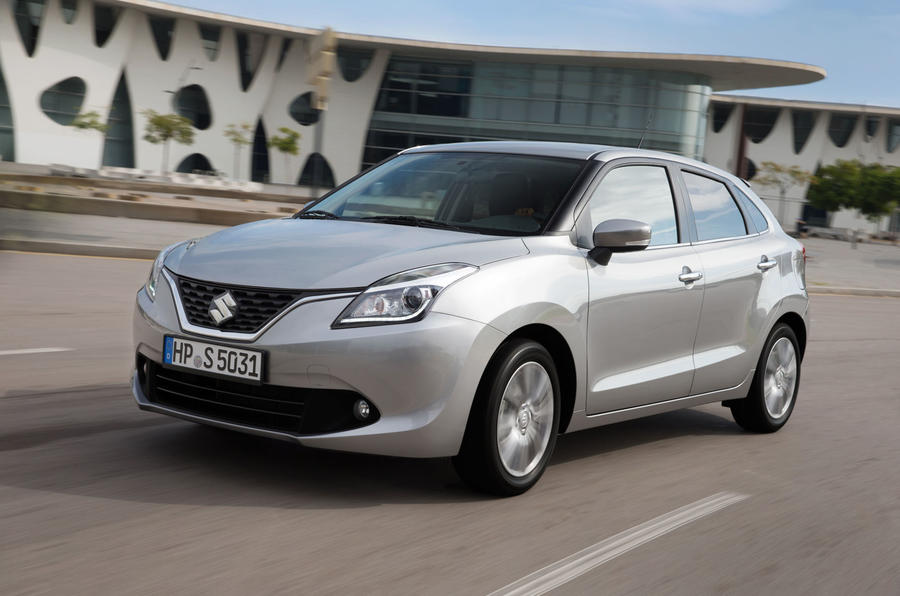What is it?
Usually after a car launch, we return armed with all the information we need about the car in question. So much, in fact, that it takes ages to sift through the bluster to get to the important bits.
Read our full Suzuki Baleno review here
However, I’ve just come back from the new Suzuki Baleno launch in Spain and couldn’t say for sure what it will cost, what equipment it will have, or even how fast it will get from 0-62mph.
Suzuki, however, wanted to give us an early drive of some prototypes, but they haven’t been fully homologated yet, or had their final UK spec decided.
Nevertheless, I did manage to glean a few tidbits from a nice man from the product team. Deliveries will start next May and the Baleno will be sold alongside the current Suzuki Swift. That car will remain the more sporty offering, while the Baleno will be for those wanting something more practical.
There’ll be two trims levels, with prices ranging from £12k to £14k, which is rather close to established offerings such as the Ford Fiesta and Skoda Fabia, but even the entry version will get sat-nav, a 7.0in infotainment screen, a reversing camera, electric front windows, a DAB radio, Bluetooth and 16in alloy wheels. There's also a 4.2in TFT screen between the instruments that displays all sorts of additional driving data, including just what you need in a practical supermini: a g-meter.
The top-spec version will add adaptive cruise control, city braking with forward alert, climate control and all-round electric windows to that list.
You’ll be able to choose between two petrol engines. One is the 1.2-litre from the Swift, but Suzuki has added some mild hybrid technology to it. There’s a tiny 0.2kwh lithium ion battery under the driver’s seat that gathers energy from a motor-generator, belt-driven off the crank.
Under acceleration and at engine speeds of up to 3900rpm, this can supply an extra 37lb ft for up to 30 seconds. It’s for efficiency rather than performance gains, and helps achieve CO2 emissions of 93g/km.
However, the engine that Suzuki thinks 90% of buyers will opt for is this new 1.0-litre three-pot Boosterjet we’re testing. It uses a small turbo with, in effect, an overboost function to keep it efficient while still delivering decent power and torque.











































Join the debate
Add your comment
I actually thought it was a
It does look awful inside and
Sounds too good to be true